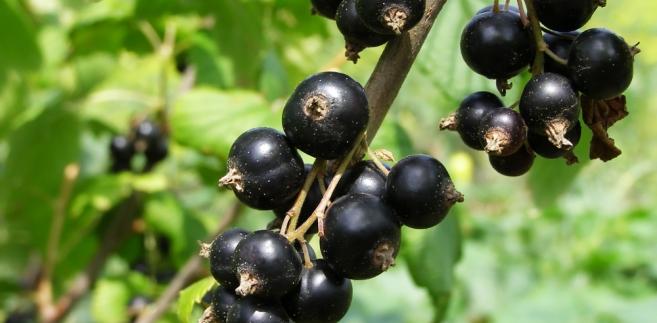
[ad_1]
According to Stanisław Trzonkowski, one of the biggest producers of blackcurrants in the country, the purchase price reaches up to PLN 0.25 per kilo and does not cover the costs of. maintenance of the plantation.
"According to calculations, the price of a kilogram of currant in the purchase should be 1.85 zlotys to maintain profitability Many people have invested a few years ago in cuttings , preparing land, sometimes in the purchase of specialized equipment.they simply do not have any other choice "- said Trzonkowski.
According to him, the problem of the Polish black currant market is its fragmentation. Only five percent of producers manage more than five hectares. For the vast majority of fruit growers, the cultivation of currants is an additional source of income and for this reason, they accept the conditions dictated by buyers.
The problem was to be forced to enter into purchase agreements with the producers, but according to Trzonkowski, an obligation that was supposed to stabilize the market and create predictable production conditions is in fact a "fiction bureaucratic "because fruit producers have to sign documents. the day of delivery of the fruits.
According to Wiesław Błocki, who grows currants on several hundred hectares, the demand for fruit still exists and the processing companies are using fragmentation among farmers, dictating prices that do not ensure profitability crops, will lead to the collapse of the Polish market.
"The life cycle of the plantation is 8-10 years." For the first two years, the plant does not grow, every year about 15% of the plantations have to be replaced by new plantations, at the moment when the prices are about 1,7 zlotys per kilo At the same time, the fruit growers will gradually reduce the harvests, a few years of such a robbery of Polish fruit growers, and gooseberry will only be made by those who will be forced to do so, but that does not mean that the demand for red currant will decline in the world. Ukrainians, Belorussians, because something of 16 thousand tons of concentrate and frozen food, which was probably not at the beginning of the year, will have to be produced "- estimates the planter
chance for a solution Błocki sees in the discussions of producers with the involvement of the government party in the role of a mediator. "If we could spend more than half of the long-term contracts, and not as c & o Is the case today, it might be possible to civilize the market and create stable production conditions and bring buying prices closer together. profitability, or between 1.5 and 2 zlotys per kilogram, otherwise our plantations will go under the fake, and the countries that are now importers of our fruits, will start to produce them themselves, because there is a demand for frozen foods and of grape concentrates. Of course, the Polish fruiter will never subsidize production. "
According to Błocki, a similar situation prevails in the production of raspberries and cherries, and only blueberry producers can count on profits.
Poland is a world leader in the production of blackcurrants, with more than half of the currant being harvested globally in our country.The cultivated area in 2015 was 36 thousand. ha, in 2016 – 35 thousand ha in 2017 – 30 thousand ha.
The 2015 harvest amounted to 119 thousand. tons, in 2016 – 125 thousand tons, and last year – 100 thousand.
According to the Institute of Agricultural Economics and Food Economics, the production of blackcurrant has not been profitable for several years. average purchase was 0.55 PLN / kg, in 2016 – 0.60 PLN / kg, and in 2017 – 1.1 PLN / kg. and better organized have a chance of survival, where modern combine harvesters are used for harvesting.
These fruits in 90 percent are intended for processing, mainly for juices and jams.
According to experts, the increase in direct consumption of blackcurrant is unlikely due to the increasing demand for other fruits: blueberries, raspberries or blackberries.
[ad_2]
Source link